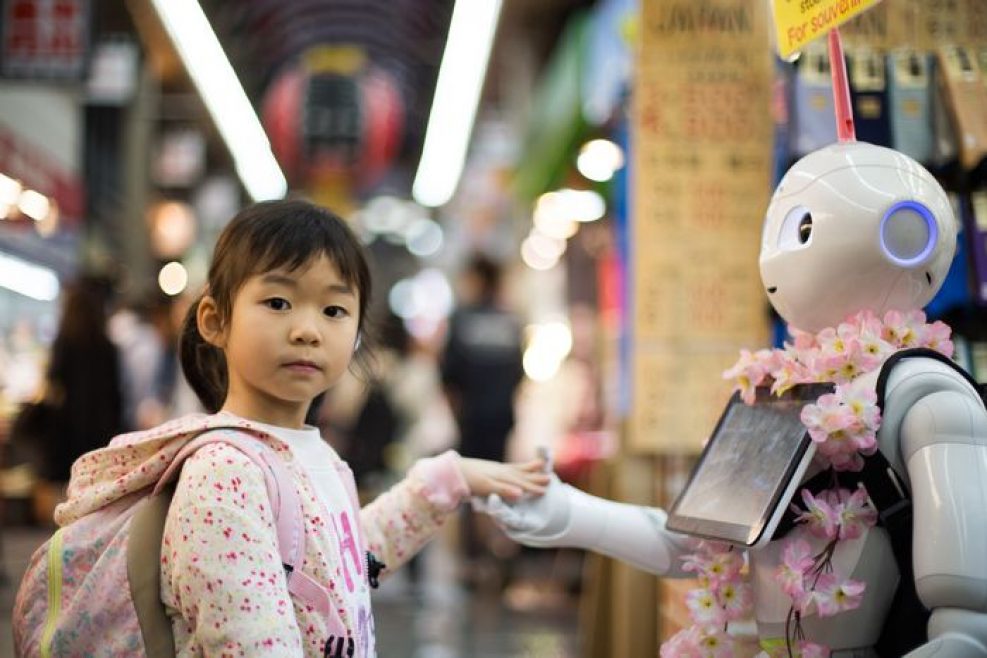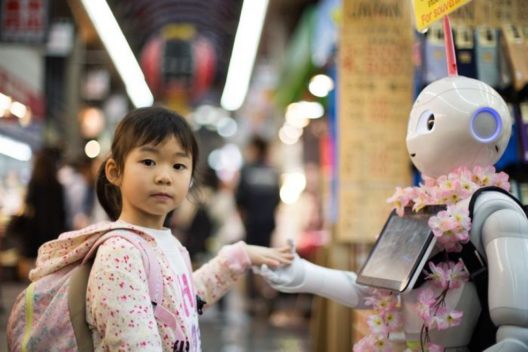
AI: Artificial Intelligence and Machine Learning: Can Scientists and Engineers Work Together for the Future of AI?
Experience tells us that the main challenge facing start-ups and large companies involved in AI and machine learning (ML) is slow product development. Scientific models need considerable fine-tuning in terms of functional outputs, and research models require considerable resources and time to be deployed. These problems add up to most AI-ML projects never seeing the light of day.
At a recent GLOBIS seminar, Dr. David Malkin, the director of AI Architecture at Cogent Labs, explained that one of the root causes of failure to develop AI or ML products at all, let alone rapidly, is a conflict in culture between scientists and engineers.
Scientists and engineers play crucial roles in virtually all of the world’s major innovations. Oddly enough, each group thinks very differently, and thus finds it difficult to work with the other. Dr. Malkin says that his company has found a solution: eliminate gaps in culture and promote collaboration.
The Conflict
As Dr. Malkin puts it, “AI scientists view their software as an exoskeleton. AI engineers view their software as a robot.”
The approach of an AI scientist can be summed up in three points:
– Seek accuracy and/or performance match domain
– Create new algorithms and code samples to validate them
– May be embedded in product teams
The approach of an ML engineer can be summed up as:
– Ensure model metrics match product metrics
– Manage code and data inventories
– Track model performances during product lifetime
Scientists prioritize maximizing knowledge through isolated conceptual models that engineers find extremely difficult to quickly convert into real products. From the engineers’ perspective, many other factors, in addition to feasibility and value to clients, must be taken into account. Hence, many companies that implement AI-ML systems have serious difficulties monetizing their AI solutions.
Now that the conflict is clear, the key is eliminating the gap in perspectives between the characteristic cultures of scientists and engineers. This can be done in two ways.
1. Collaborative Approach through Cross-Functional Product Teams
Even with the best AI scientists available, there are serious difficulties in communicating outside of a strictly regulated scientific environment and defining metrics that align with a product’s needs. They tend to build parallel prototypes, recreating production models to iterate and systematically value accuracy over maintainability/scalability.
A culture of collaboration between scientists and engineers, as well the sales team and clients, would benefit any product in the development cycle. Scientists who understand software engineering, equipped with the tools to iterate ideas, would work more closely with engineers and learn the reward that comes with maintainability, stability, complexity, and reduction.
The function of ML engineers is to professionalize design, working towards a viable product from the beginning. These engineers need to understand scientific models and their limitations, then work with researchers in order to understand and improve on new ideas.
There should be a common understanding, from both scientists and engineers, that the model itself is a small part of an AI-ML system.
2. Production for Experimentation
Dr. Malkin summarizes, “[The] traditional split of infrastructure between production, where the infra is well defined, scalable, and ML teams, where the infra is ad hoc, customized, is slowing innovation in AI products.”
– Build your production system to be clone-able for experimentation
– Set up integration testing for model updates
– Build pipelines so that training is part of production
In this way, Cogent Labs has designed a cooperative culture that has allowed it to create a general AI-ML system for the automation of business processes, or “business smartization,” with solutions such as processing manually written, spoken, or even unstructured information. It also involves big data with its Time-Series Forecasting solution, which also incorporates information sources and external networks.
The Takeaway
This AI-ML system is growing to be a general AI system in terms of scalability, providing increasing productivity through the implementation of extended business smartization in AI-driven companies. Something similar occurred in the era before digitalization in terms of the need to transform data into information, except that now the capacity exists to convert this massive, unconnected, unstructured information into automatic decisions – AI-driven, with exponential results.
Further supporting the efficacy of their collaboration concept, in just three years Cogent Labs has managed to launch three products based on AI-ML, acquiring a notable portfolio of clients around the world that includ es Nomura, Daiwa Securities, SoftBank, and Canon. The co-creation model sees products developed and perfected together with clients. Cogent Labs also managed to raise JPY 1.472 billion (US$13 million) in capital, which enables the company to continue developing their general AI-ML. It will be exciting to see what new ideas they come up with next.

